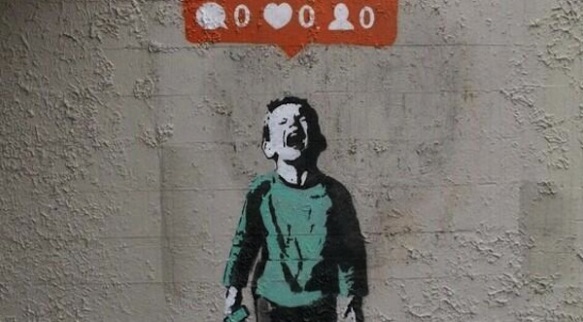Let’s start with an example. Rewind back a decade and we have the 1st iPhone entering the market dominated by Nokia (snake!) and BBM chats. The Geeks pounce. Next the Mainstreamers surf on the crest of the hype wave and buy into the movement. Subsequently the Late Adopters purchase the device convinced by media and word of mouth, and most likely the death of their device. Finally we have our parents!
This is a typical adoption journey of new products, chiefly technologies. Further into the future and we are becoming more receptive to change and progress, especially as information and opinions on products become readily available. The brands now call themselves transparent – the buzz word that’s been thrown around recently, and we see the distribution of consumers lean towards the earlier adopters.
Now, if you are a brand in 20-almost-16 you have a new cohort of audiences that is Generation Z, who are entering the workforce and we would hope a higher disposable income. Brands, rejoice! However their consumption of products and brand content is somewhat distinct. “A good product will sell itself” belief era has been left in the shadows and the goods in the homogenous and over-saturated markets are in need of drastic distinction, which mainly falls back on who makes the most noise, but the right type of noise.
So what do the Gen Z-ers consider to be cool brands:
- The Enablers. They grew up with smartphones and tablets in their cribs. Technology to Gen Z-er’s is not a luxury or a pastime, it became an extension of self, hence their social media profiles are likely to actually resemble them and not the aspirational characters that we are trying to create for ourselves (yes, I do Crossfit, honest!). The platforms such as Youtube, Instagram, WordPress, the devices such as the iPhone, all help us to manifest our creative selves. They democratise disciplines such as cinematography, photography and publishing to name a few, which means these areas are now easily accessible by many with a comparatively small initial endowment than before. The public is finally embracing creativity as part of every individual’s skill set as opposed to a predisposition of the few, thus these enablers are playing an ever bigger part in our lives.
- Personalities. How many toilet paper brands do we have? Is their product offering substantially different from one another: soft, multi-layer yada yada? Yet Charmin (bear!) has 68k Twitter followers – not bad for something you wipe your tush with. Brands are now expected to have a personality and the successful players pick and maintain the right ones. If a talking toilet roll or a bottle of deodorant doesn’t work for you, then a mascot with a quirk might; think back to Old Spice. Noting that we are plugged into the wider web 24/7 and expect continuous digital stimulus, the brands have their work cut out for them to maintain a continuous conversation with their fickle consumers. The bottom line is you are not buying just a product, you are buying into a relationship.
The ’00s babies might adopt new offerings more readily, but if you disappoint them they will switch in a heartbeat. The path to self-actualisation now lies through brands that have integrated themselves into our lives as springboard platforms. If you cannot reach the peaks of Maslow’s hierarchy of needs via toilet paper or deodorant then the least these brands can do is provide some entertainment on the way.



